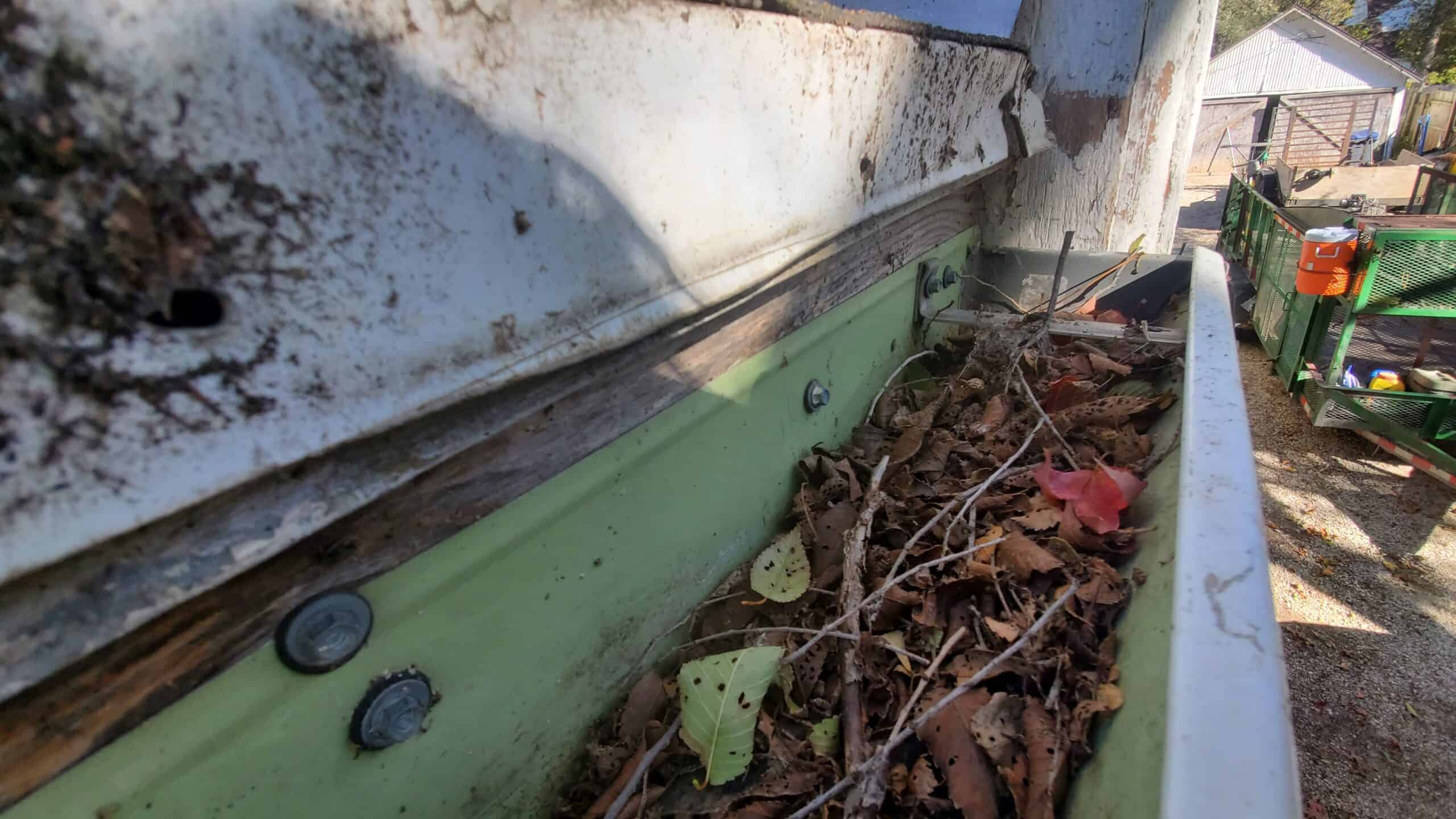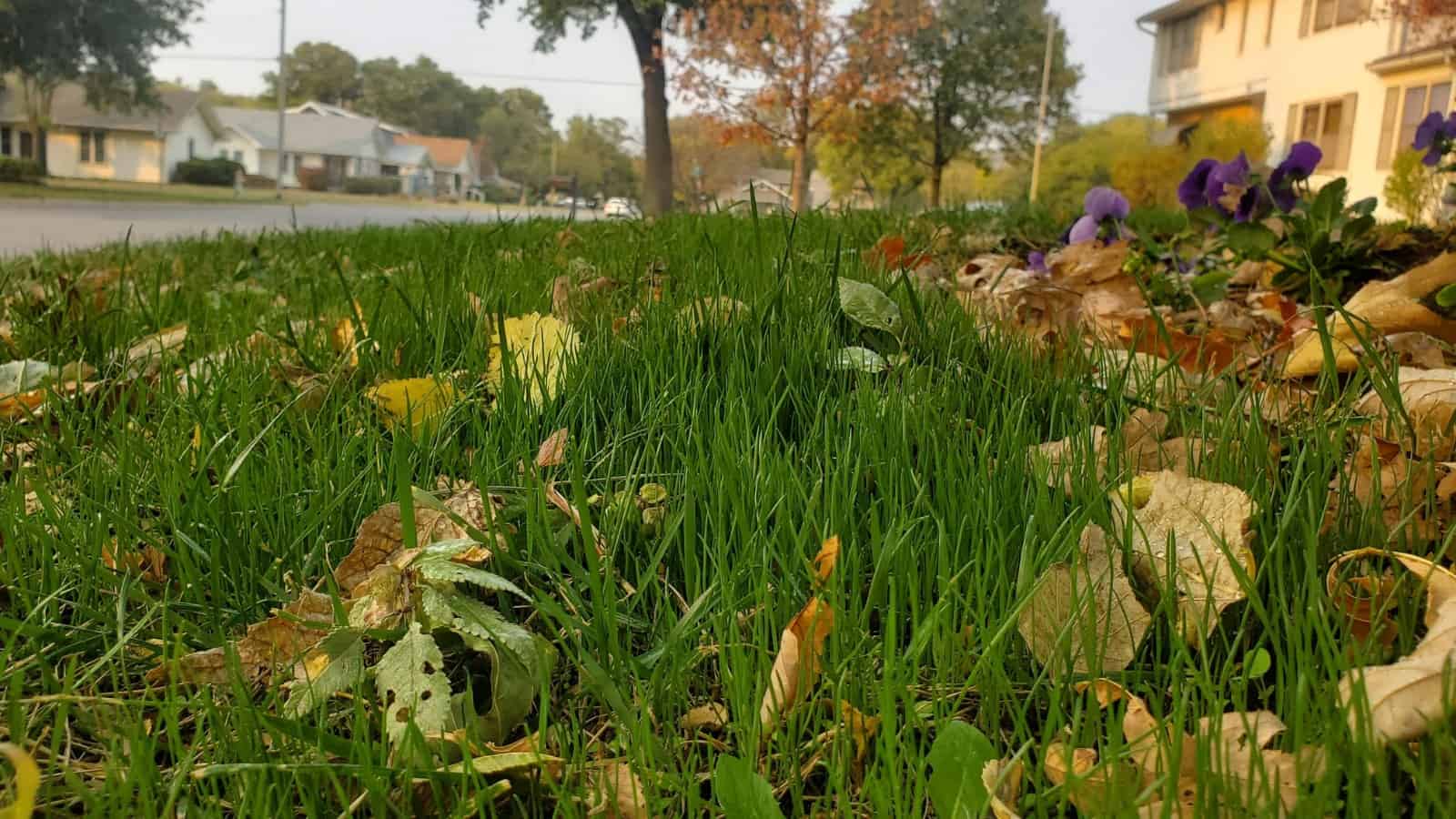Fall Cleanups: Mastering Leaf Removal, Mowing, and Mulching for a Lush Spring Lawn
As the vibrant colors of autumn foliage begin to wane, the task of fall yard cleanups takes center stage for homeowners. Among the crucial components of this seasonal ritual are three key practices: leaf removal, mowing, and mulching.
Leaf Removal: Unveiling the True Beauty of Your Fall Yard
Fall brings the enchanting sight of leaves carpeting the ground, but this picturesque scene can quickly become challenging. Utilizing proper equipment and professional help can be a game-changer for Kansas homeowners.Strategies for Leaf Removal
Once the leaves are gathered, proper removal is essential. Consider creating a compost pile for organic waste, where leaves can break down into nutrient-rich humus. Alternatively, you can bag leaves or transform them into mulch for better water efficiency. Avoid sending fall leaves to landfills, as they can contribute to methane emissions. This issue can cause problems for local communities and could disrupt ordinances, causing fees, fines, or other unexpected costs. Discuss your options with a lawn care professional specializing in fall cleanups.
Mowing: The Art of Proper Lawn Height in Fall
As temperatures drop and grass growth slows, it's imperative to adjust the mower height to an appropriate level. A slightly taller cut in the fall helps protect the grass from potential winter damage while still maintaining an aesthetically pleasing appearance. To ensure an even and consistent cut, adopt overlapping mowing patterns. This practice prevents missed spots and creates a seamless finish. Overlapping by about 20% on each pass is generally effective. Meanwhile, inquire about grass species and appropriate mowing, mulching, and maintenance strategies to integrate lawn maintenance with seasonal and regional requirements. TIP: Aim for a cutting height of about 2.5 to 3 inches, leaving the grass a bit longer than during the summer months.Mulching: The Nutrient-Rich Blanket for Your Lawn
Mulching involves leaving grass clippings on the lawn after mowing, and it's a practice that brings a plethora of benefits during fall yard cleanups. These clippings serve as a natural source of essential nutrients like nitrogen, phosphorus, and potassium. They release these nutrients into the soil as they decompose, promoting healthy plant growth. Mulched clippings act as a natural moisture barrier, reducing evaporation and aiding the soil in retaining essential moisture. Moreover, the decomposition of clippings improves soil structure, enhancing aeration, water infiltration, and root development. Schedule leaf removal to coincide with your other duties. By incorporating mulching into your lawn care routine, you can reduce the need for chemical fertilizers. The natural release of nutrients from mulched clippings provides a sustainable and eco-friendly approach to maintaining a lush lawn. Contrary to popular belief, mulching clippings do not contribute to thatch buildup. Instead, it encourages beneficial microorganisms that break down thatch and inhibit the growth of harmful pathogens. This natural control mechanism is a valuable asset in maintaining a disease-resistant lawn.Planning Fall Cleanups in Kansas
Planning fall cleanups in Kansas requires consideration of the unique climate and vegetation of the region. Let’s discuss the key aspects to keep in mind for an effective fall cleanup:
 (316) 435-3509
(316) 435-3509 office@divine-lawns.com
office@divine-lawns.com